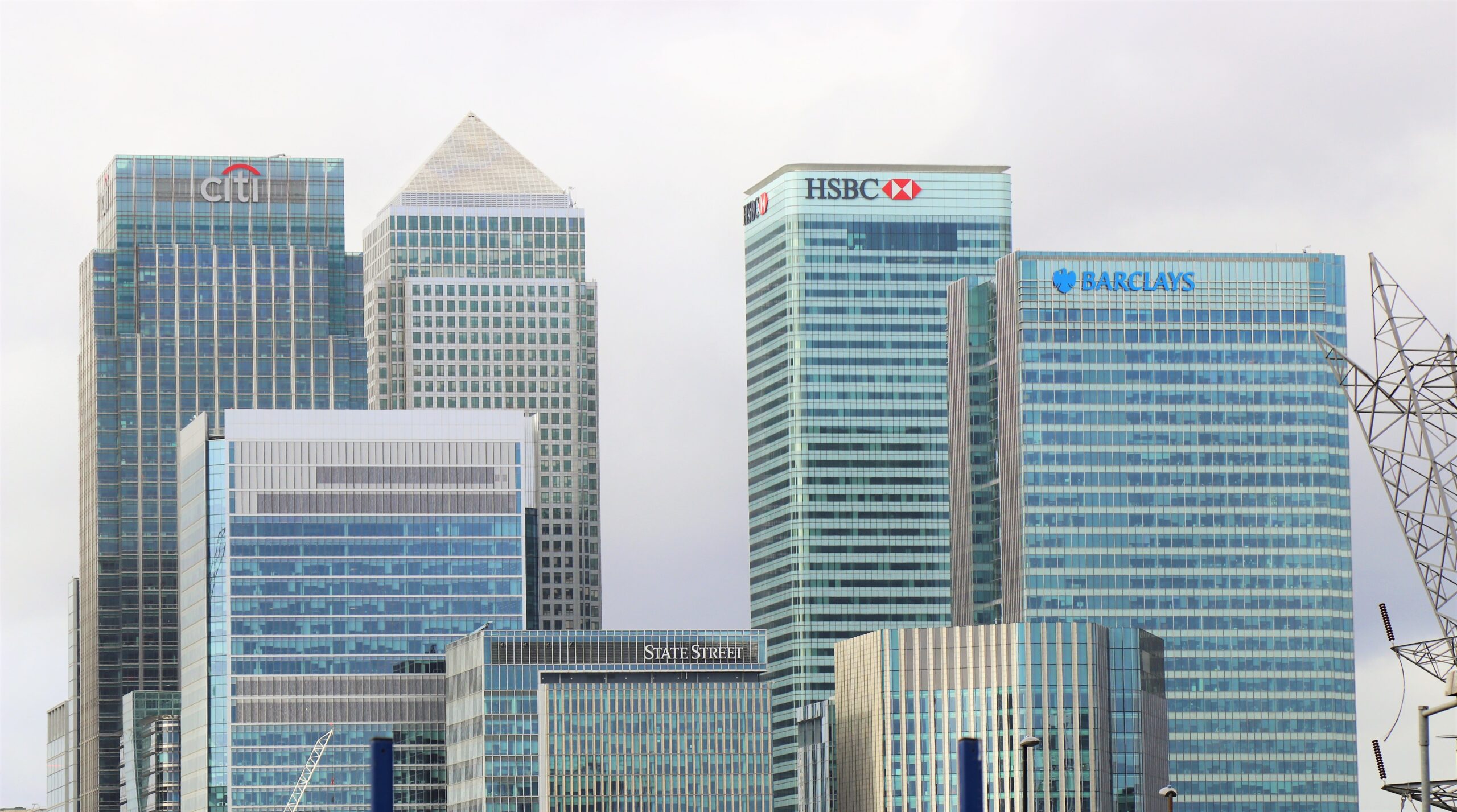The world is officially done with the London Interbank Offered Rate, which was a benchmark lending rate that drove the financial industry, and therefore the business world, for more than four decades. Starting this month, LIBOR has been officially completely replaced in the United States with the Secured Overnight Financing Rate, a transition that has taken more than 11 years since a collusion scandal enveloped LIBOR. This is significant far beyond lending rates.
It underlines that real change and innovation are indeed possible in the financial system, even in the wake of wrongdoing. This gives great hope to crypto and financial innovation that takes advantage of new technology, especially now. Unfortunately, crypto has seen its share of challenges, including corruption, while regulators and other officials have, until recently, looked the other way. Many voices declared the sector dead or doomed.
But after all of that, we now see multiple institutional investors applying for crypto ETFs. Could market demand among institutional investors result in reliable, regulated crypto trading? Can the financial system remake crypto like it remade interbank loan rates?
From a pillar of reliability to center of a scandal
LIBOR represented the self-reported average rate at which the world’s largest banks would loan out money to other banks. It was often seen as the lower boundary for any type of loan or performance benchmark. In other words, it was a pillar of the financial system, a reliable benchmark. Variable rate loans, adjustable mortgages as well as instruments like swaps and futures were usually tied, to some degree, to this rate.
But then the scandal hit with the revelation in 2012 that banks were artificially controlling the rate, including by reporting borrowing rates at levels that would benefit their swap traders, and to make banks look more insulated from risk than they actually were. Afterall, there were few safeguards, and the system, which relied on banks to simply report what rates they would charge, basically left the mice guarding the cheese. That is somewhat similar to how the crypto sector has been operating; with little oversight on big players controlling billions of dollars. The crypto sector is not the foundation of the financial system the way interbank lending rates are, but crypto was the top-performing asset class in the first quarter of this year, and institutional investors continue to acquire it. In other words, it is something to take seriously and a bellwether for innovation in the financial sector.
Why did it take so long? And what is different now?
Officials should have noticed the irregularities in LIBOR earlier and taken action, as reports and clues began to surface as early as 2007. LIBOR should have also come under more scrutiny for the role it played in the global financial crisis, which began with the fall of AIG and other U.S. financial firms, and their heavy use of credit default swaps.
But like many things in the financial world, the reaction was slow. When regulators eventually took action, in 2012, several financial institutions were fined for their role in the LIBOR scandal, and over the last 11 years, the system has been gradually reformed. In the United States, it has been replaced mainly with the Secured Overnight Financing Rate.
Despite the long timeline, SOFR is no doubt an improvement– mainly because it is based on actual transactions, not just on rates banks report as the lowest they will accept. This reduces some of the concentration of power that large banks had, and reflects the reality in the market. It also means that the financial system still has something it demands — a reference rate. In other words, officials did not throw the baby out with the bathwater.
A vision for crypto
Crypto could be on a similar trajectory; as there are many similar patterns. For years, regulators turned a blind eye to it. Yet it has been at the heart of financial innovation, including peer-to-peer transactions, AI-powered trading tools and was seen as the go-to currency in many visions of a future economy and tech world, including the metaverse.
Then various scandals hit, like at FTX. And, like when LIBOR was engulfed in scandal, regulators decided too late they needed to take action. At this point, the course of action by officials obviously differs from the organized LIBOR reform. The process has not been organized, but rather quite haphazard, with the SEC filing lawsuits against Binance, Coinbase and others, operating by one-off enforcement rather than a planned regulatory framework. In fact, regulators are still not in agreement about how to classify many of these products and which regulatory agency should oversee them. Clearly this is a problem.
Demand leads to change, even if that process is slow
But there are signs of hope that regulatory clarity will emerge – and crypto will not continue to be rejected just because the sector has at many times been home to corruption. Just like the financial system needed some sort of benchmark despite the challenges and risks of such a thing, and worked to replace LIBOR, the financial system is demanding access to crypto, and working to make it happen.
The main sign that this is happening is that large financial giants like BlackRock and Fidelity continue to file applications for crypto ETFs, not taking no for an answer from the regulators. The SEC is officially reviewing BlackRock’s most recent application now. Eventually, crypto spot ETFs and other regulated products will emerge. Pressure is building from these large players, and there is no other choice. Bringing crypto into the mainstream is not only a way for them to make money, but to continue financial innovation in general, leading to new types of assets and trading methods.
As long as this demand continues, I believe we will see a clean, regulated mainstream version of crypto. We should not dismiss the concept of crypto, but rather work to make it safer and more transparent. Afterall, that is what happened with LIBOR – and what is essential to support a reliable yet innovative financial system.
This article first appeared on CoinDesk





